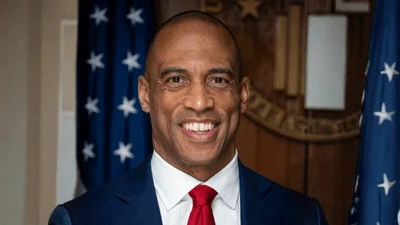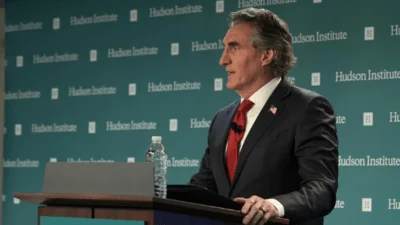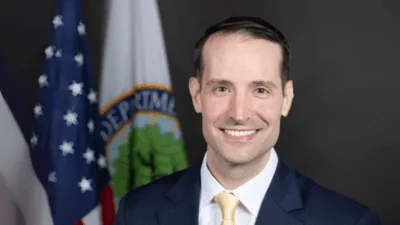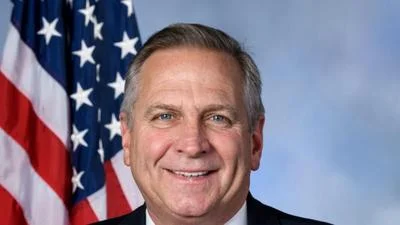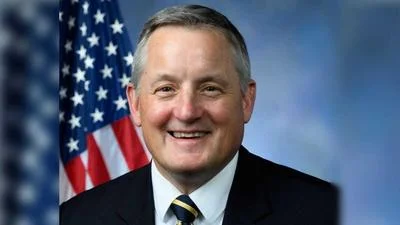At a Senate Energy and Natural Resources Committee hearing, Senator Martin Heinrich (D-N.M.), the Ranking Member, discussed the challenges and priorities in updating land management plans for public lands overseen by the Bureau of Land Management (BLM). The hearing focused on how BLM’s land use planning process under the Federal Land Policy and Management Act (FLPMA) affects permitting decisions.
Heinrich stated, “The Federal Land Policy and Management Act, or FLPMA, says something pretty simple: it says that the Bureau of Land Management should look at the lands it manages and decide how to manage those lands for multiple uses. The BLM has a complicated job—it has to figure out how to fit energy development, and wilderness and grazing and wildlife habitat and mining and fishing and timber and camping and cultural resource preservation on the lands it manages.”
He continued, “Finding ways to accommodate the broad range of everything from wilderness to mining is not easy, but the planning process makes sure that all uses are considered, and everyone’s voices are heard.”
During his remarks, Heinrich pointed out that many BLM land use plans have not been updated frequently enough to reflect new technologies or changing economic realities. He noted that some existing plans predate significant developments such as utility-scale solar power or increased geothermal energy production. He also emphasized that many current plans do not account for recent growth in outdoor recreation.
Heinrich highlighted the economic impact of recreation on public lands. He said, “On BLM land alone, recreation supports 76,000 jobs and contributes to more than $12 billion in economic output... I look forward to hearing from our witnesses today about how we can make the planning process more efficient.”
He added further context about historical approaches to public land use: “One approach could be a free-for-all—whoever puts the land to use first gets to decide what happens there going forward. Our nation did that for a long time, giving away public land via homesteading and mining claims and granting lands to railroads to facilitate western expansion. But conservationists, like Teddy Roosevelt, began to recognize that if we kept going down that path, we’d have no public lands left, which would mean most Americans would be locked out of the nation’s open spaces.”
Congress later passed FLPMA directing BLM to keep public lands accessible under principles of multiple use and sustained yield. Heinrich stressed that effective land use planning must balance various interests while integrating input from local residents, businesses, tribes, local governments, and users nationwide.
He concluded by reiterating his hope for improvements in efficiency: “I look forward to hearing from our witnesses today about how we can make the planning process more efficient and more responsive to changes in how we use our public lands, while making sure that our public lands continue to serve the public for generations to come.”

